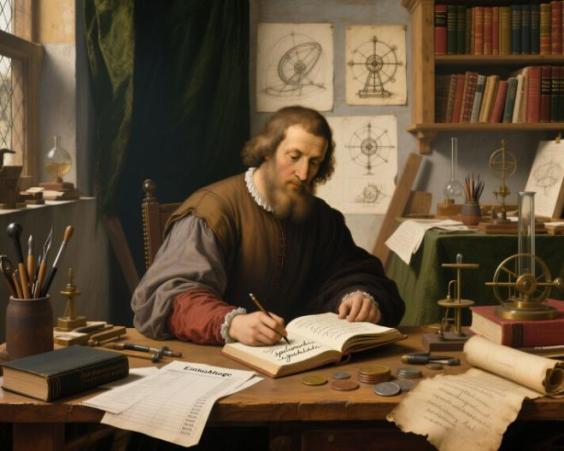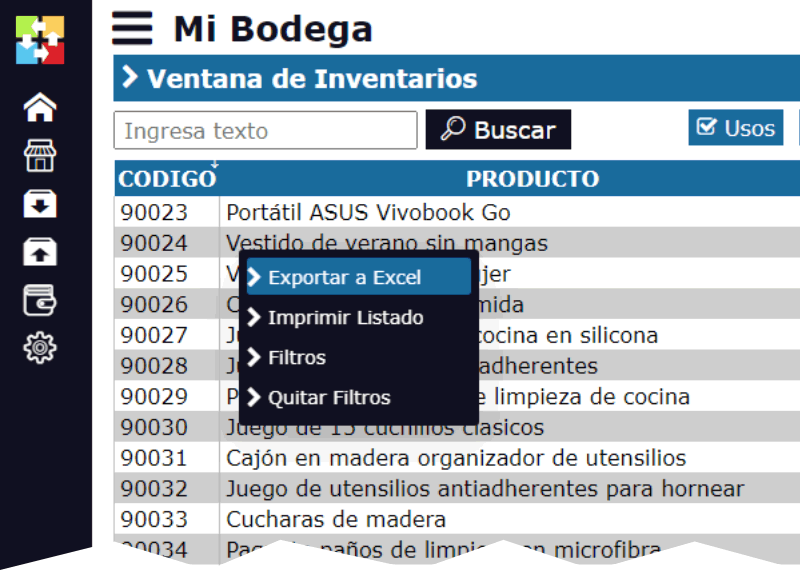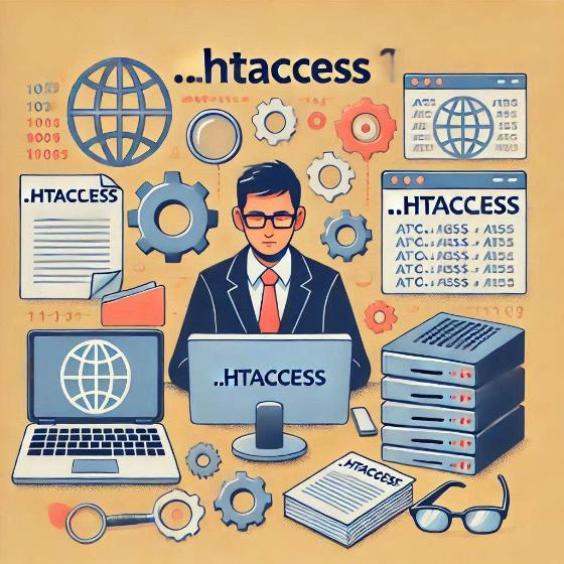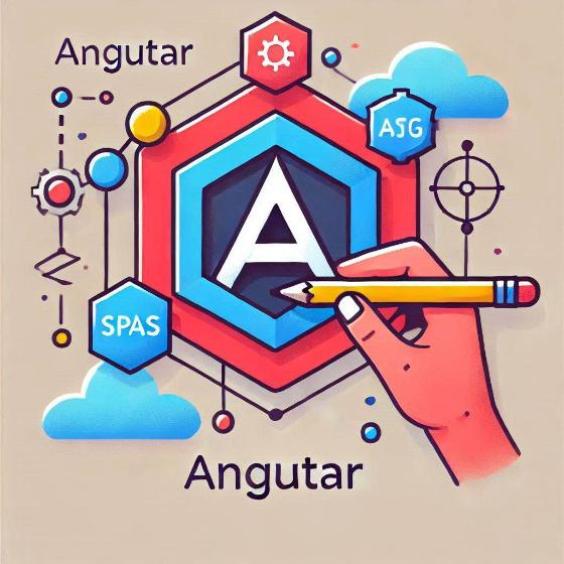The Account Books of Leonardo da Vinci: Income and Expenses of a Renaissance Genius
Leonardo da Vinci is one of the most recognized names in the history of art and science. His legacy spans from painting and sculpture to engineering and anatomy. However, few know that Da Vinci was also a shrewd businessman, who kept a detailed record of his income and expenses in his account books. In this article, we will explore Leonardo da Vinci's account books and discover how a Renaissance genius managed his finances.

The importance of account books in the Renaissance era
In the Renaissance era, account books were a fundamental tool for anyone engaged in commercial or artistic activity. These records allowed individuals to keep a detailed account of their income and expenses, which helped them make informed decisions about their finances and plan for the future. In the case of Da Vinci, his account books offer a unique glimpse into how he managed his finances and how he related to his patrons and clients.
Da Vinci's income
Da Vinci's account books show that his income came from a variety of sources. Some of his most important sources of income included:
- Painting and sculpture: Da Vinci received payments for his works of art, including paintings and sculptures. His clients included nobility and the Church.
- Engineering and architecture: Da Vinci also received payments for his engineering and architectural services. He designed bridges, canals, and buildings for his clients.
- Anatomy and science: Da Vinci also received payments for his anatomical and scientific studies. His research in anatomy and science allowed him to develop new techniques and tools.
- Patronage: Da Vinci also received payments from his patrons, who were wealthy and powerful individuals that financially supported him in exchange for works of art and services.
Da Vinci's expenses
Da Vinci's account books also show that he had a variety of expenses. Some of his most important expenses included:
- Materials and tools: Da Vinci needed materials and tools to create his works of art and conduct his scientific research.
- Assistants and apprentices: Da Vinci also needed assistants and apprentices to help him with his work.
- Travel and accommodation: Da Vinci frequently traveled to carry out work and visit his clients and patrons.
- Taxes and fees: Da Vinci also paid taxes and fees to local and national authorities.
Conclusion
Da Vinci's account books offer a unique glimpse into how a Renaissance genius managed his finances. His income came from a variety of sources, including painting and sculpture, engineering and architecture, anatomy and science, and patronage. His expenses included materials and tools, assistants and apprentices, travel and accommodation, and taxes and fees. These records allow us to better understand how Da Vinci managed his finances and how he related to his clients and patrons.
In summary, Da Vinci's account books are a testament to his ability to manage his finances and his capacity to create works of art and conduct scientific research that continue to be admired and studied today.





